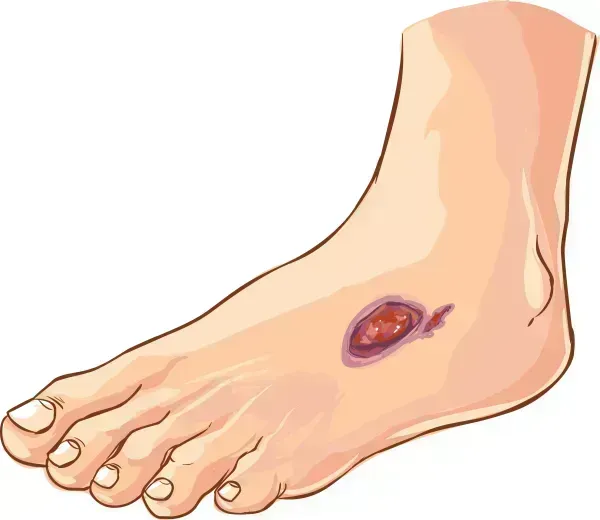Podiatry Coding & Billing Alert
CPT® Coding:
Bill K-Wire Removal? Not So Fast
Published on Tue Oct 18, 2022

You’ve reached your limit of free articles. Already a subscriber? Log in.
Not a subscriber? Subscribe today to continue reading this article. Plus, you’ll get:
- Simple explanations of current healthcare regulations and payer programs
- Real-world reporting scenarios solved by our expert coders
- Industry news, such as MAC and RAC activities, the OIG Work Plan, and CERT reports
- Instant access to every article ever published in Revenue Cycle Insider
- 6 annual AAPC-approved CEUs
- The latest updates for CPT®, ICD-10-CM, HCPCS Level II, NCCI edits, modifiers, compliance, technology, practice management, and more
Related Articles
Other Articles in this issue of
Podiatry Coding & Billing Alert
- Facture Coding:
Apply This Ankle Fracture Care/Casting Advice
Remember: E/M codes aren’t automatically allowable. When a patient presents with a fractured ankle, your [...] - CPT® Coding:
Bill K-Wire Removal? Not So Fast
Understand how global surgical packages impact your claims. Every podiatry coder knows the tools of [...] - E/M MDM:
Take These Hints, Avoid Risking MDM Calculations
Here’s how to take clinician thought process and judgment into account. In Podiatry Coding & [...] - You Be the Coder:
Don’t Let Orthotic No-Shows Tread on Your Bottom Line
Question: What is the correct way to handle custom orthotics that the patient does not [...] - Reader Questions:
Hold off on New E/M for Old Problems
Question: We have a podiatrist in our practice that insists on adding an office/outpatient evaluation [...] - Reader Questions:
Code for Primary Service in This Morton’s Neuroma Encounter
Question: For a patient with Morton’s neuroma, the podiatrist documented a release of the dorsal [...] - Reader Questions:
Provide Pertinent PCP Info for Routine Diabetic Footcare Encounters
Question: When a patient comes in for diabetic footcare, is it required for the podiatrist [...]
View All



